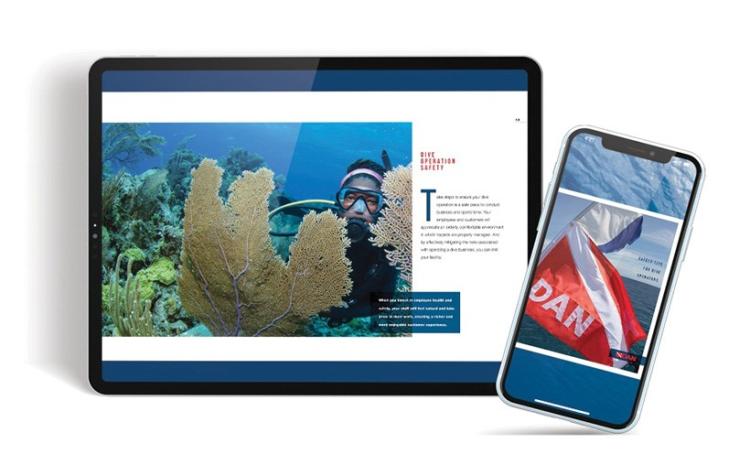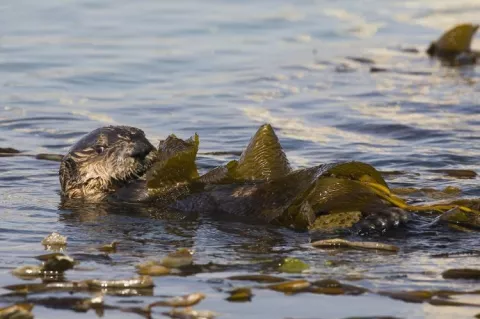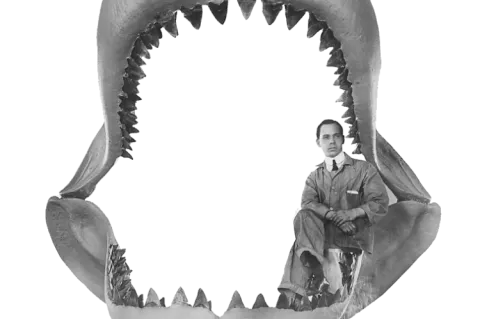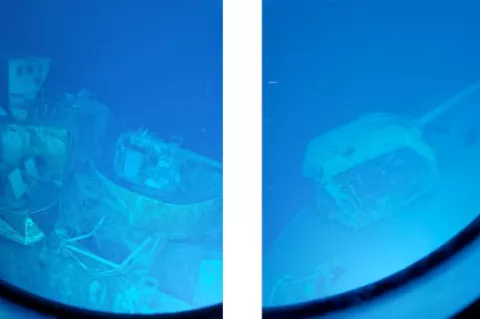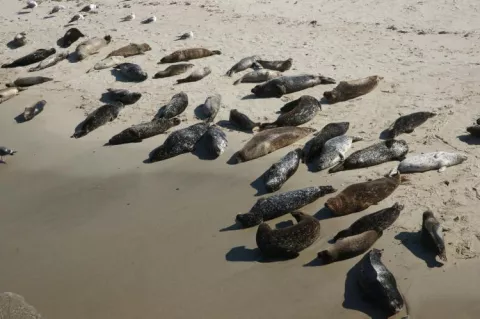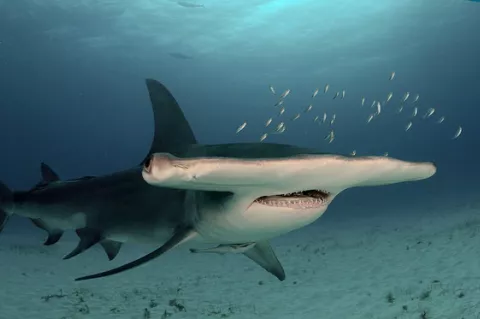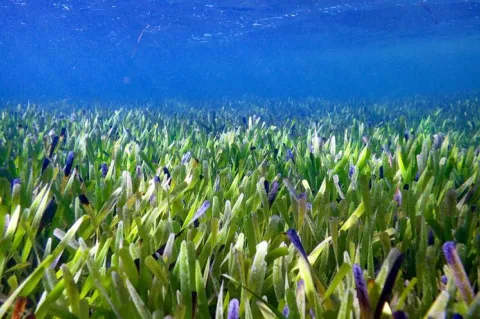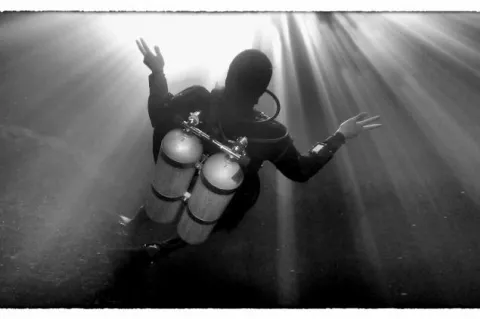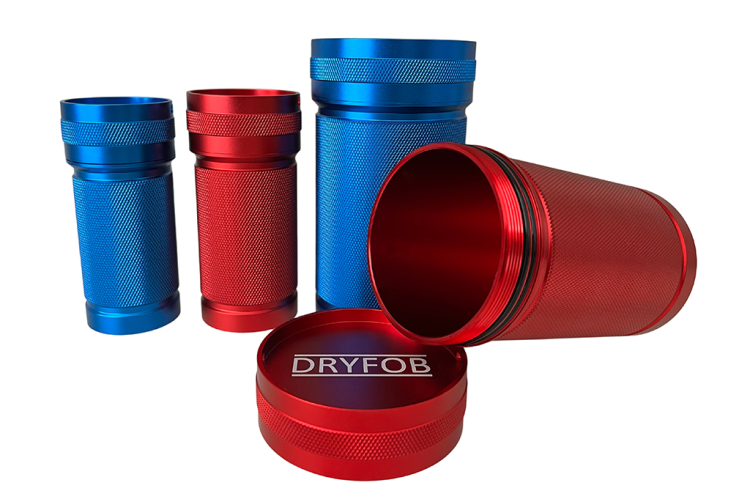DAN Publishes Safety Tips Guide for Dive Operators
This digital guide covers various aspects of dive businesses — including training pools, retail areas, fill stations, and dive boats — and presents practical strategies for mitigating risk in all of them.
Use DAN’s Safety Tips for Dive Operators to help you:


